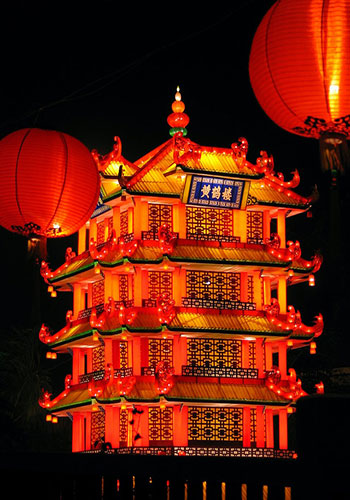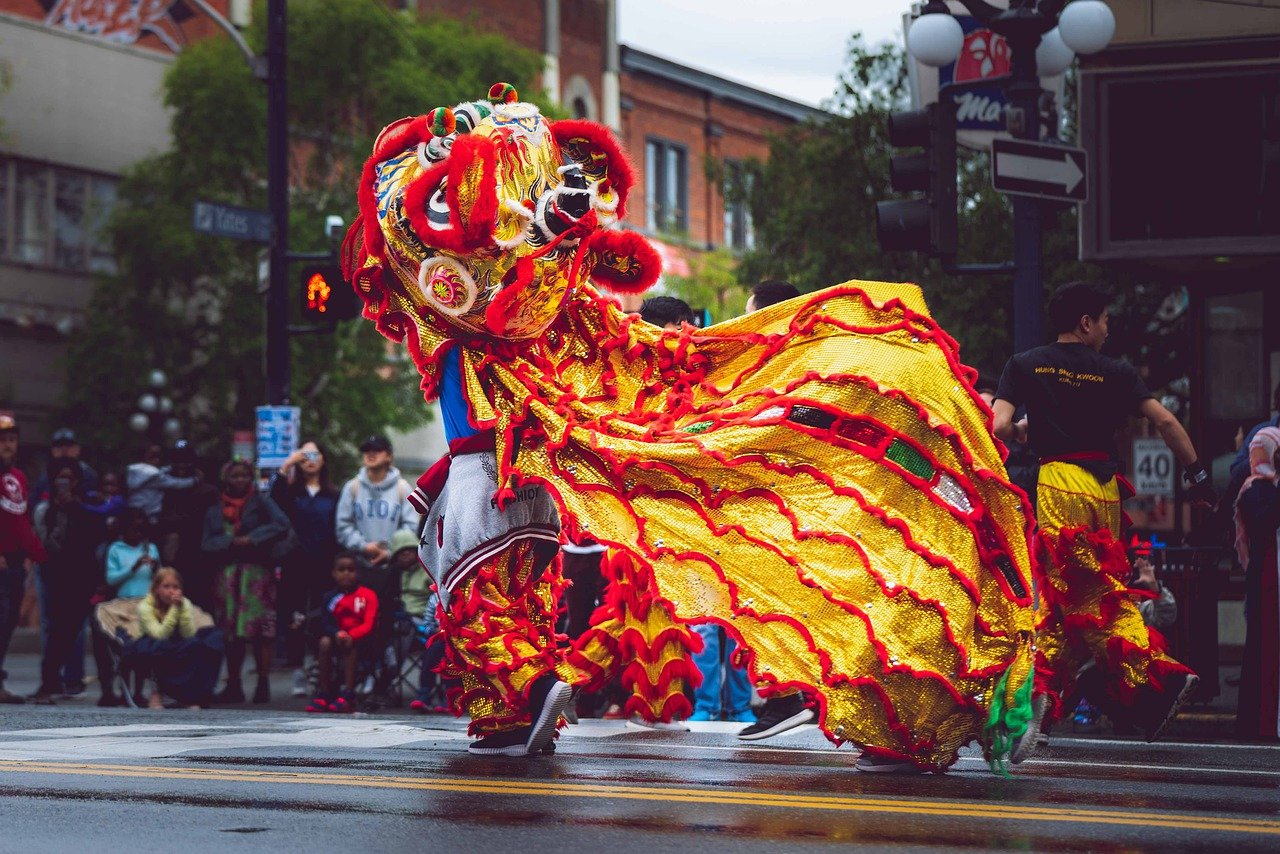The Chinese New Year is marked by a number of traditions that are followed not just by Chinese people but also by others who celebrate the holiday. These traditions are thought to bring good fortune in the coming year. The Chinese New Year tradition is so ancient that no one has been able to identify its exact origins.
The origin is instead based on folklore and narrative. It is stated that the tradition of celebrating a holiday began one year, a long, long time ago, when the monster Nian roamed the countryside devouring people. After all, Nian (which is the Chinese word for Years) was so big that he could consume multiple people in one go.
 Chinese New Year Traditions
Chinese New Year Traditions
The Lunar or Chinese New Year is the biggest event in Asia. While the Chinese (Lunar) New Year is celebrated throughout China, each region is different and has its own customs and traditions. Here are three Chinese traditions that are almost the same across China.
1. Making Dumplings
Family members spend time together on the night of the Chinese New Year creating meat-stuffed dumplings known as ‘jiaozi’ or filled steamed buns known as ‘baozi.’ They will spend hours making them by hand, often remaking them if mom thinks they are imperfect.
These foods will not be cooked or eaten until after midnight, when the new year begins. There will be way more dumplings than can practically be eaten, making sure that the family will never go hungry throughout the new year.
However, dumplings and steamed bread will not be the only foods served. For this important day, mothers will prepare a large feast of meats and vegetables. A sweet porridge or date-filled steamed bread may be prepared as well.
2. Family Gatherings
The Chinese New Year tradition is for couples and their children to return to the husband’s (father’s) house for the festivities. They are only allowed to see the wife’s (mother’s) parents on the third day. Because women are considered “outsiders” once married, legend has it that the deceased ancestors will come during the Chinese New Year and will be displeased if any “outsiders” are present at such a sacred time.
Because my sister-in-law and her parents and in-laws live in the same city as her, she can easily return for this one lunch on the third day. Those who live far from their families will visit their husband’s family.
3. Red Envelopes
During the Chinese New Year, children are given bright red envelopes with golden Chinese characters as a present. Parents, grandparents, aunts, uncles, and friends buy special envelopes and stuff them with cash (usually between 100 and 1000 yuan, or $15-120).
Children are not required to write the traditional “thank you letters” that western children do, but parents are expected to remember who gave their child money and how much they were given so that they can return that amount the next year.
Children are allowed to spend their pocket money on toys and snacks, but their parents are usually strict about keeping most of it in the bank to save for their children’s future education.

